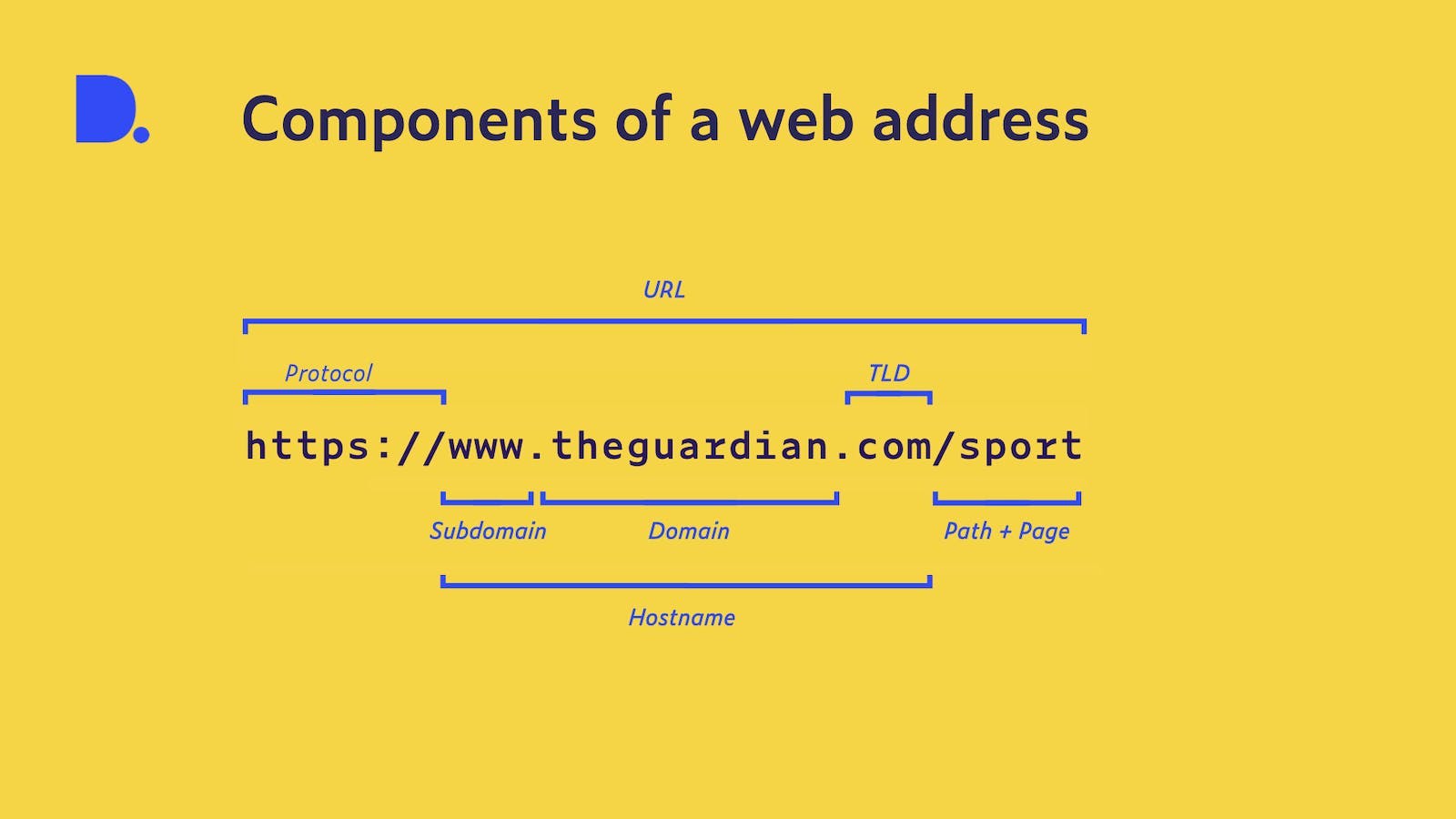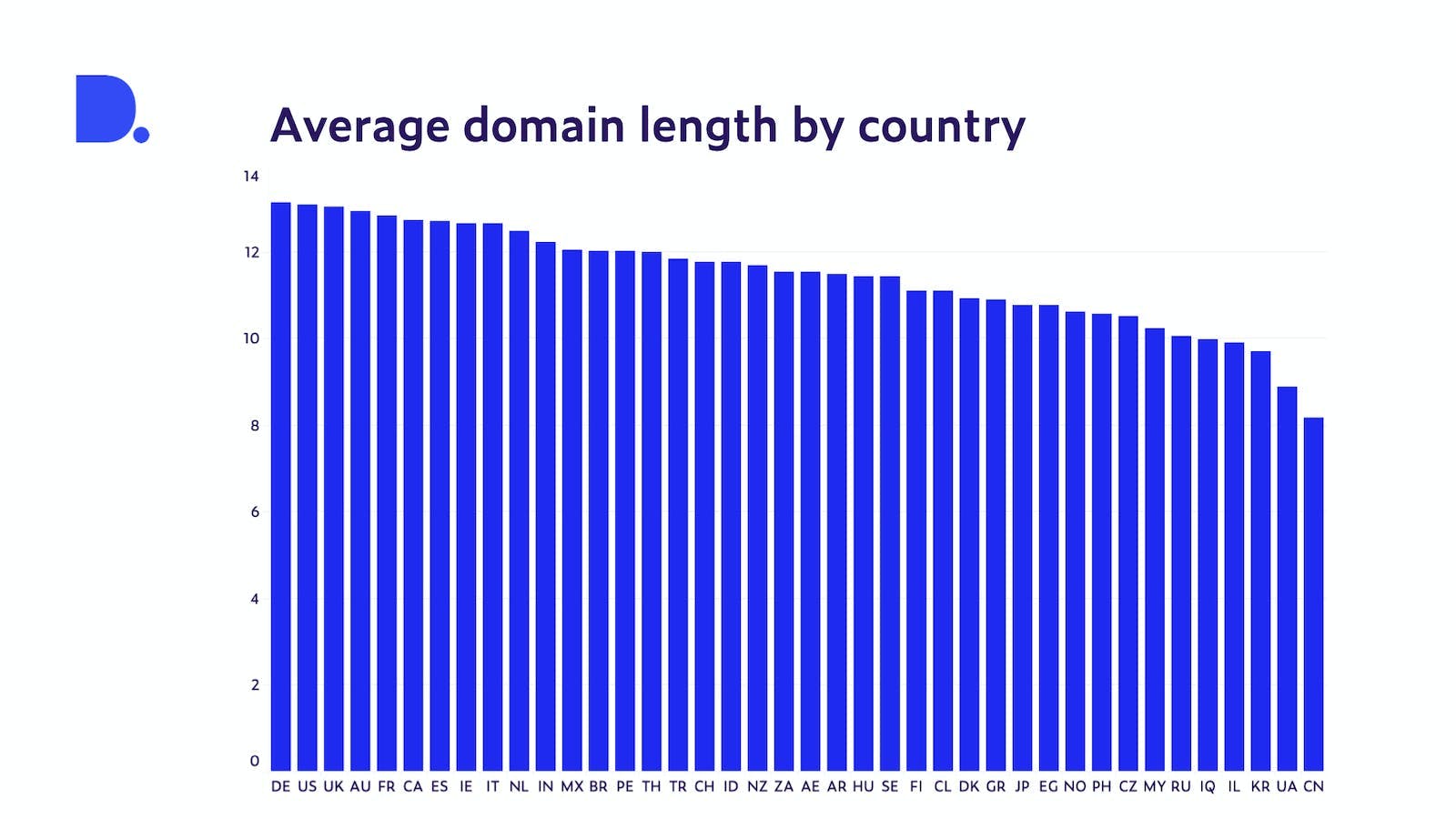Internet Basics #1: Web addresses explained
- almost 3 years ago
- 4 min read
What do you type in your browser: a hostname, a domain or a website? And what’s the difference between these? In the first part of our brand new series, Internet Basics, we shed light on the structure of web addresses.
If you’re new to the web or not that familiar with how the web works and relevant language, you might just think that the web consists of websites. Obviously, it’s a bit more complex than that. In our Internet Basics series we’ll explain some of the basics and today we’re looking at what you type into your browser. Language is important and even here at Dataprovider.com where we deal with everything web-related on a daily basis, we still get confused sometimes: what’s a domain? What’s a hostname? Should I call it a website, a hostname or a domain?
How a URL is built up
So let’s look at what’s written at the top of the browser when you visit a website. The whole thing is known as a Uniform Resource Locator (URL). The URL usually starts with the protocol (HTTP or HTTPS), then the subdomain (e.g., www or shop), then the domain followed by the top-level domain (TLD; e.g., .com or .de). The subdomain and domain together make up what’s called the hostname.

Subdomains
Let’s first take a look at subdomains. As a website owner, you can usually choose what text to use as your subdomain. A single subdomain label can be up to 63 characters long, but you can use multiple subdomains (e.g., blog.shop.wildthings.com) as long as your entire hostnames does not exceed 255 characters.
A subdomain is often used to test a version of a website. These sites can then be used to try out new plugins or experiment with new updates before they’re published. Subdomains are also popularly used to separate mobile versions of a website (m.etsy.com), location-specific websites (usa.website.com) and subsections of a website (blog.website.com).
Another popular way to use a subdomain is to create an eCommerce business by using subdomains such as store, shop, boutique, tienda, etc. An eCommerce site typically requires additional features, such as the facilitation of financial transactions, so it makes sense to create these sites on different subdomains.
The most common subdomain is www, followed by variations such as ww1, ww38, etc. Among the subdomains that use complete words, blog, shop, store, work and job are the most popular. But literally anything can be a subdomain, for example in our data we also see covid, discuss or gifts.
Domains
A domain is what you register: a unique, individual name you select for your website. A domain can be just one character (e.g., https://b.fit/) but no longer than 63 (e.g., https://queensnybedbugsroachantstermitesmiceratspestcontrolexterminator.com/). We took a closer look at which country has the longest domain length, based on character counts. Among the 51 countries included in this research, the average domain length ranges from 8.2 (China) to 13.1 (Germany).
The Germans are famous for creating insanely long words by just adding nouns together, so perhaps not surprisingly, they also have the longest domain names on average. In China, numbers are frequently included in domain names as they can be perceived as lucky, nearly 50% of domains in our database that contain at least one number are Chinese, perhaps explaining the shorter domain names.

Top-level domains
Top-level domains (TLDs) are the letters that you type after the domain name. Among TLDs, we can further distinguish between generic TLDs, for example, .com, .net, .org, .biz, .info and country-top level domains such as .ik, .de, .nl, .cl, .au and more. On top of these, over the years new generic TLDs have been added like .xyz, travel, community as well as geographic TLDs such as .london, .tirol, .nyc (we wrote about city and new TLDs earlier).
In our data focusing on currently active sites, we clearly see that by far the biggest TLD is .com (an abbreviation for commercial). But next we see the German country top-level domain, .de, followed by .net, .org, .uk, .cn and .ru.

Hopefully, this post has helped you get a better understanding of the different parts that make up a web address and you now know the difference between a domain and a hostname. Certainly, if you have to make some decisions about what domain name to choose and which TLD might be right for you, here you’ve received some information about average length and what TLDs are the largest ones. The question is: do you want to stand out or fit right in? Stay tuned for upcoming posts in our Internet Basics series.